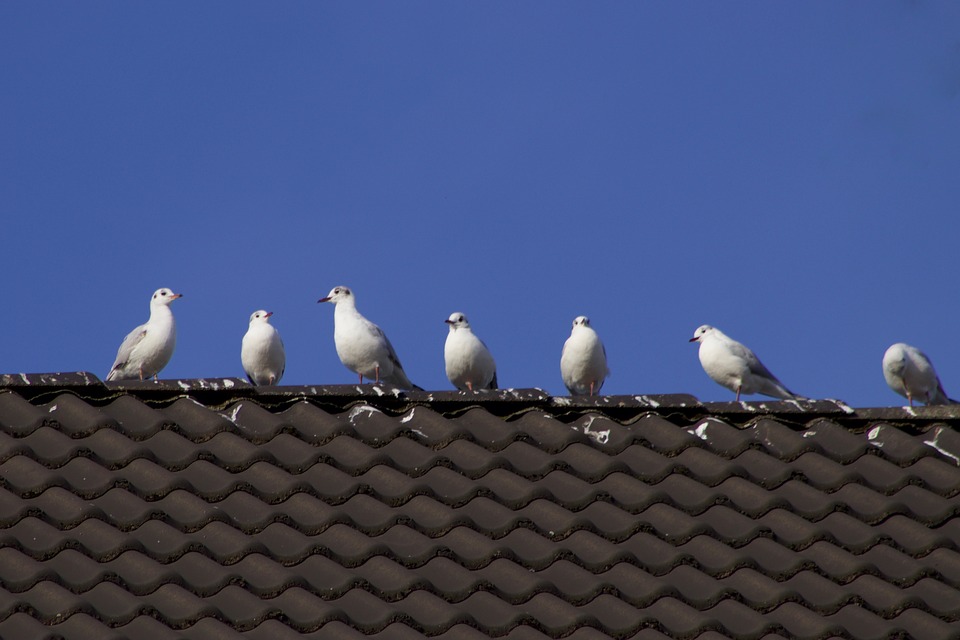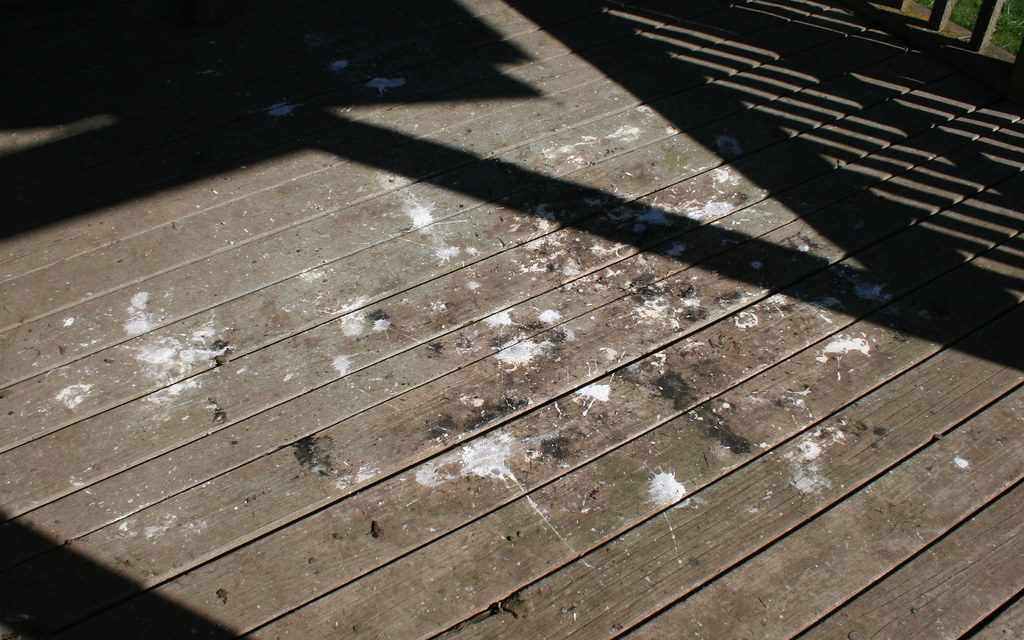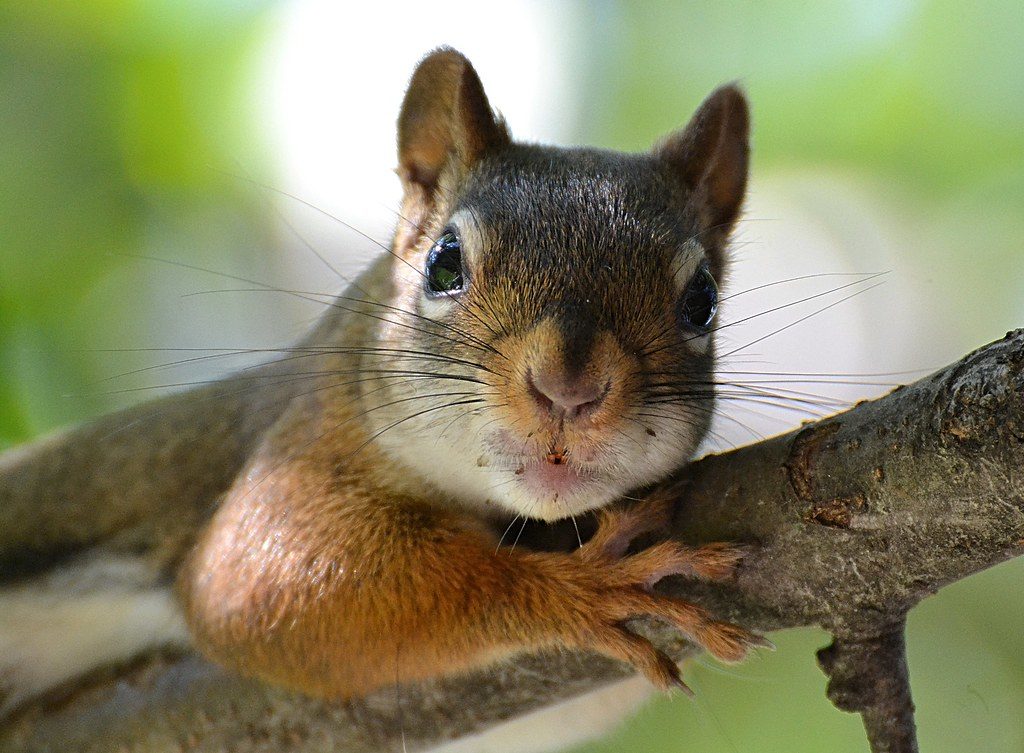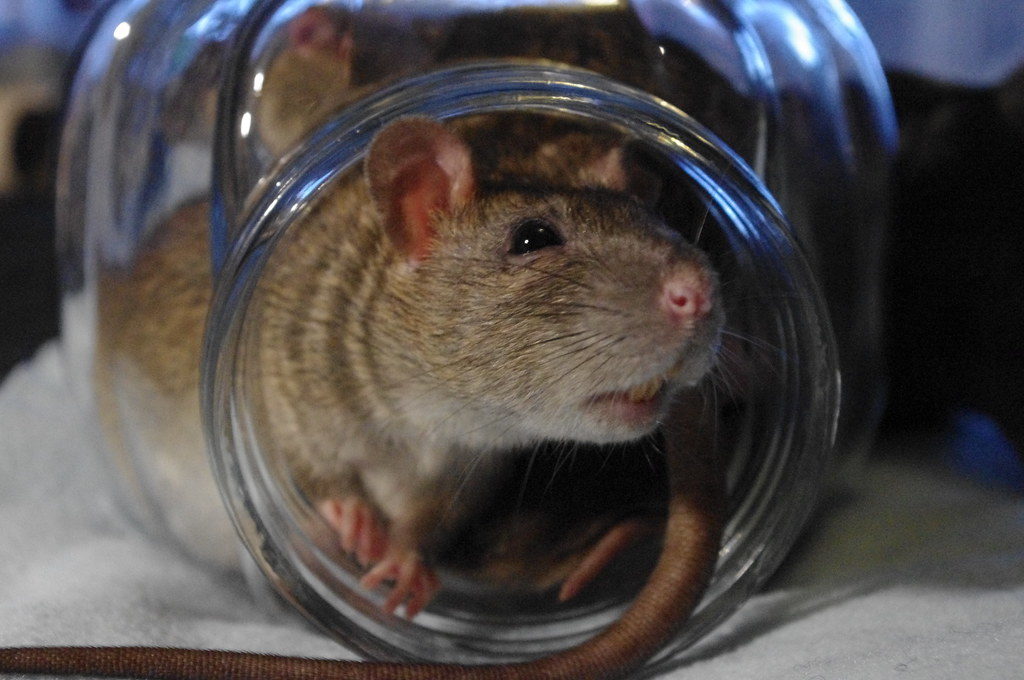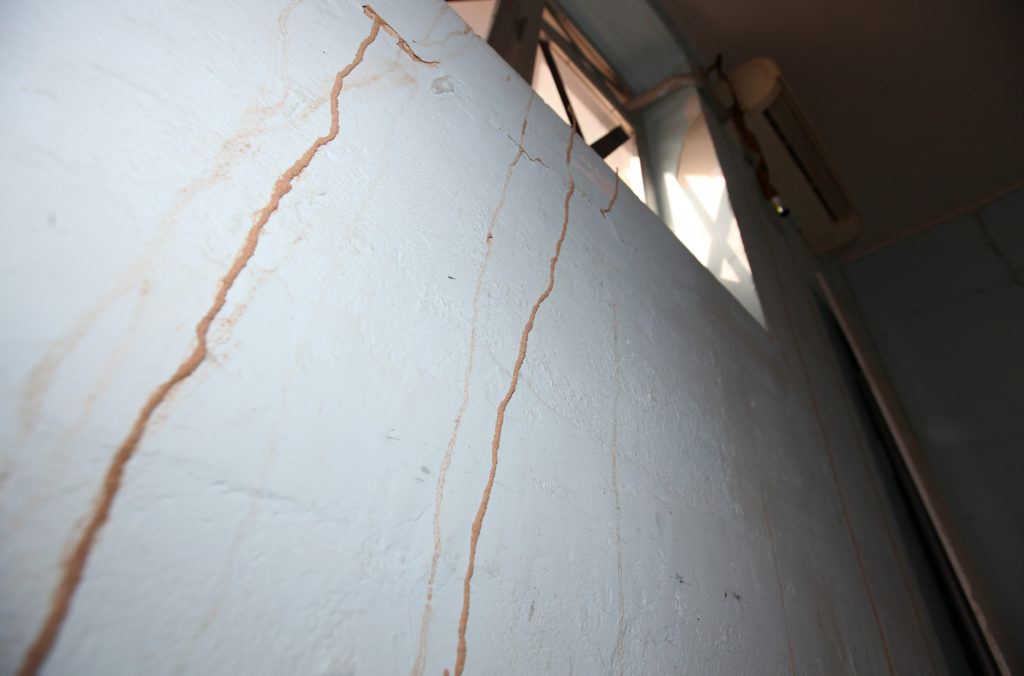
Pests don’t discriminate based on types of buildings. They seek the most convenient food and shelter, which means they could even infest school buildings.
There have been reports of bed bugs, ants and termites in schools, forcing administrators to cancel classes until the problem is fixed.
Termites eat non-stop, 24 hours 7 days a week. They feed on wood, paper, anything that is made of cellulose. The fact that they are found in schools states that the schools provide an abundance of cellulose material essential for their survival.
Recent news reported is:
School facing termite woes
Tuesday, 21 May 2019
JOHOR BARU: One of the state’s oldest special schools, SK Pendidikan Khas Princess Elizabeth, is in dire need of repairs as some of its buildings have been infested by termites.
The affected areas include the school’s assembly hall, several classrooms, the surau and the canteen.
The ceilings and beams in the school, which was built in 1953, have also been damaged by termites.
State Education, Human Resource, Science and Technology Committee chairman Aminolhuda Hassan, who visited the school yesterday, said the Education Ministry had been alerted.
“We are awaiting a report from the ministry. The school building is 66 years old.
“The Public Works Department issued a notice in July last year to cordon off the hall as heavy rain and termite infestation had caused multiple holes in the roof,” he added.

Termites at Veterans Memorial High School cost CCISD $200,000
Beatriz Alvarado, Corpus Christi Caller Times November 26, 2018
Veterans Memorial High School has a termite problem that has cost the district $199,500.
The Corpus Christi ISD board of trustees approved the expenditure in April for termite remediation at the 3-year-old campus, according to the board’s April 23 consent agenda.
Elite Exterminating, a Corpus Christi company, was hired to do the work.
Termites were found in a workroom, an agricultural science room, in an office and in several areas along the building’s perimeter. The entire campus was treated over a period of two weeks at the beginning of the summer break, spokeswoman Leanne Libby said.
CombirepelTM a C Tech Corporation product just might be the answer you are looking for.
Combirepel™ is available in the form of a spray, liquid concentrate, lacquer, wood polish additive, and masterbatch.
The Termirepel™ insect repellent spray and CombirepelTM pest repellent spray are easy to use the product and compatible with most of the surfaces.
The liquid concentrate can be mixed in paints in a pre-determined ratio and be applied to the interior and exterior of building structures, ceilings, parks, offices, classrooms, staff rooms, library, washrooms, etc. to repel bedbugs and other insects from the area required.
Our product in the form of lacquer can be directly applied to the already installed application such as furniture, wooden articles, sewage pipes, wires, cables, etc. The lacquer is compatible with most of the surfaces like metal, wood, concrete, polymers, ceramics, etc. Wood polish additive can be mixed with wood polish and then applied on wooden articles and objects to protect them from insect attack.
Masterbatch can be incorporated into polymeric applications like water pipes, wires, cables, polymeric equipment used, etc. This would result in the final application being insect repellent.
Combirepel™ is thermally stable and does not degrade on exposure to heat and sunlight. It does not kill or harm the insect but repels them. It does not volatilize and does not degrade the soil. It is RoHS, RoHS2, RoHS3, REACH, APVMA, NEA, EU BPR compliant and FIFRA exempted.
Contact us at technical.marketing@ctechcorporation.com if you’re facing problems with bedbugs and get best remedies to combat the pest menace.
Also, visit our websites:
http://www.ctechcorporation.com/
http://www.rodrepel.com/
http://www.termirepel.com/
http://www.combirepel.com/
Follow our Facebook pages at:
1] https://www.facebook.com/Combirepel-411710912249274/
2] https://www.facebook.com/Termirepel-104225413091251/
3] https://www.facebook.com/Rodrepel-120734974768048/
Follow us on our Twitter pages at:
1] https://twitter.com/rodrepel
2] https://twitter.com/termirepel
3] https://twitter.com/combirepel

